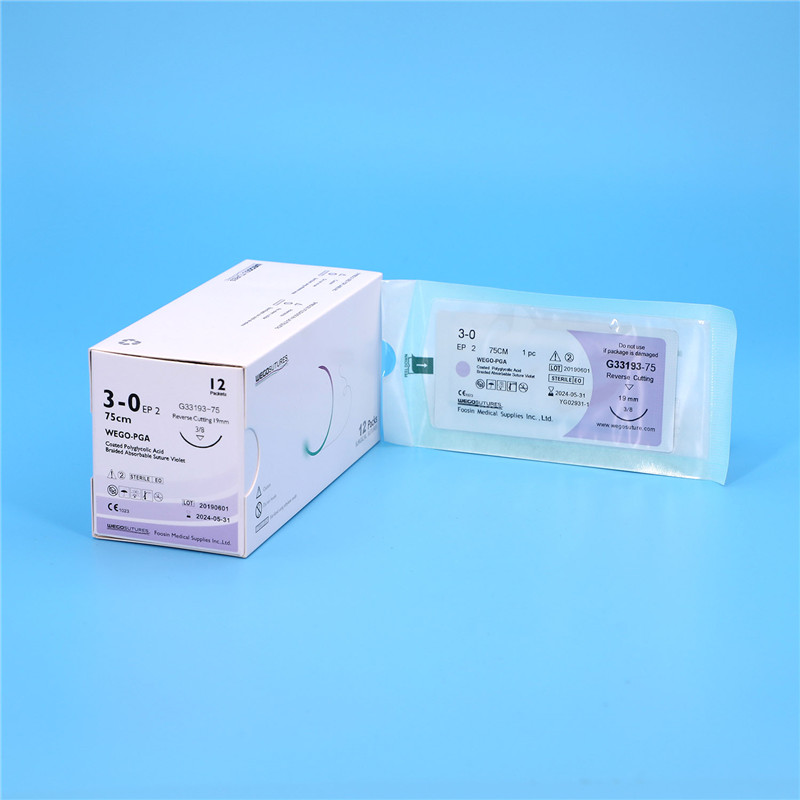We include products we think are useful for our readers. If you buy through links on this page, we may earn a small commission Here’s our process.
Healthline only shows you brands and products that we stand behind. Plaster For Dressing

You can get a rash from a band-aid if you’re allergic to latex, rubber, or other adhesive bandage materials. But there are alternative options.
Many bandages use adhesives to help them stick to your skin and cover wounds. But it’s possible to be allergic to the materials in these adhesives. It’s also possible to be allergic to the latex or rubber accelerators in the bandage itself.
An allergy to adhesive bandages may be uncomfortable, but there are alternative options available.
If you’re allergic to adhesive bandages, you’ll often react to acrylate and methacrylate. These are chemicals commonly used in tape adhesives to make them sticky.
The two types of reactions to an adhesive allergy are irritant contact dermatitis and allergic contact dermatitis. They have similar but slightly different symptoms.
Symptoms of both types of contact dermatitis include:
Allergic contact dermatitis leads to more severe versions of these symptoms. It’s an immune reaction to an allergen, but it usually only affects the area that comes into contact with the allergen.
Irritant contact dermatitis happens when the skin comes into contact with a toxic or irritating material. It can even be caused simply by the tight fit of the bandage.
Symptoms of allergic contact dermatitis can get worse with each exposure, while irritant contact dermatitis symptoms are usually the same intensity every time.
You may be able to diagnose an allergic reaction to bandages on your own if you always get a rash under a Band-Aid or other adhesives. But if your symptoms are severe, or even just start to bother you, you may want an official diagnosis from a doctor. You can go to a primary care doctor, a dermatologist, or an allergist or immunologist.
If you have symptoms when you go to the doctor, they’ll examine them. But if not, they’ll ask about your symptoms and their severity. They’ll also try to figure out what’s triggering your symptoms. If you can, bring Band-Aids you’ve used or anything else you think might have caused the allergic reaction.
If the doctor thinks you might have allergic contact dermatitis, they may do a patch test on your back to check for allergies and help identify the trigger. With a patch test, they’ll put small amounts of potential allergens on your skin and check for reactions a few days later. Allergic contact dermatitis from adhesives is much rarer than irritant contact dermatitis.
In most cases, the allergic reaction will start to go away soon after taking off the bandage. But there are things you can do to help relieve the itchiness and make the rash go away more quickly:
If you’re allergic to traditional bandage adhesives, there are alternatives available and ways to protect yourself. You can try:
If you think you might be allergic to adhesive bandages, tell your surgeon beforehand. They might be able to use an alternative dressing to cover your surgical wound.
If you develop a rash after surgery, tell your doctor as soon as you can after noticing the rash. While most rashes after surgery are harmless and go away within a few days of taking off the dressing, it could be a sign of a more serious issue.
If you have a rash all over your body, a fever, or the rash is painful or spreads quickly, call your doctor immediately. You may need to go to the emergency room.
It’s possible to be allergic to the adhesives used in bandages. But the most common reaction is irritant contact dermatitis, which is not a true allergic reaction. Most rashes caused by adhesive bandages can be treated at home, but see a doctor if the rash is painful, if it blisters, or if you have other symptoms like a fever or shortness of breath.
Last medically reviewed on May 21, 2020
Our experts continually monitor the health and wellness space, and we update our articles when new information becomes available.
Marc Meth, MD, FACAAI, FAAAI
Latex allergies arise from an allergic reaction to products containing latex. Learn the signs and symptoms of latex allergies and how you can limit…
Twenty percent or more of people may have a rash after surgery. Post-surgical rash may be caused by drugs or exposure to substances used before…
Read about different ways to treat contact dermatitis.
Sensitive skin isn’t a disease that a doctor can diagnose you with — it’s usually a symptom of another condition. Here’s what may be causing it.
Picking at scabs interferes with your body’s natural healing process, increasing your risk of infection. It can also be a symptom of an underlying…
A scab is your body’s natural way of healing from an injury that broke your skin. If not handled properly, a scab can become infected. Here’s how to…
Have you ever noticed little depressions in your fingernails and toenails? This is called nail pitting. Here's why it happens and what you can do…
Panniculitis is a group of conditions that cause painful bumps (nodules) to form under your skin, often on your legs and feet. Learn more.
Urticaria pigmentosa is a skin condition that causes lesions and itchy skin. This disease is most common in infants and children, but adults may be…

Star Aesthetic You don’t need to be on the beach for sunburned eyelids to occur. Any time you’re outside in the sun for a prolonged period of time with your skin…